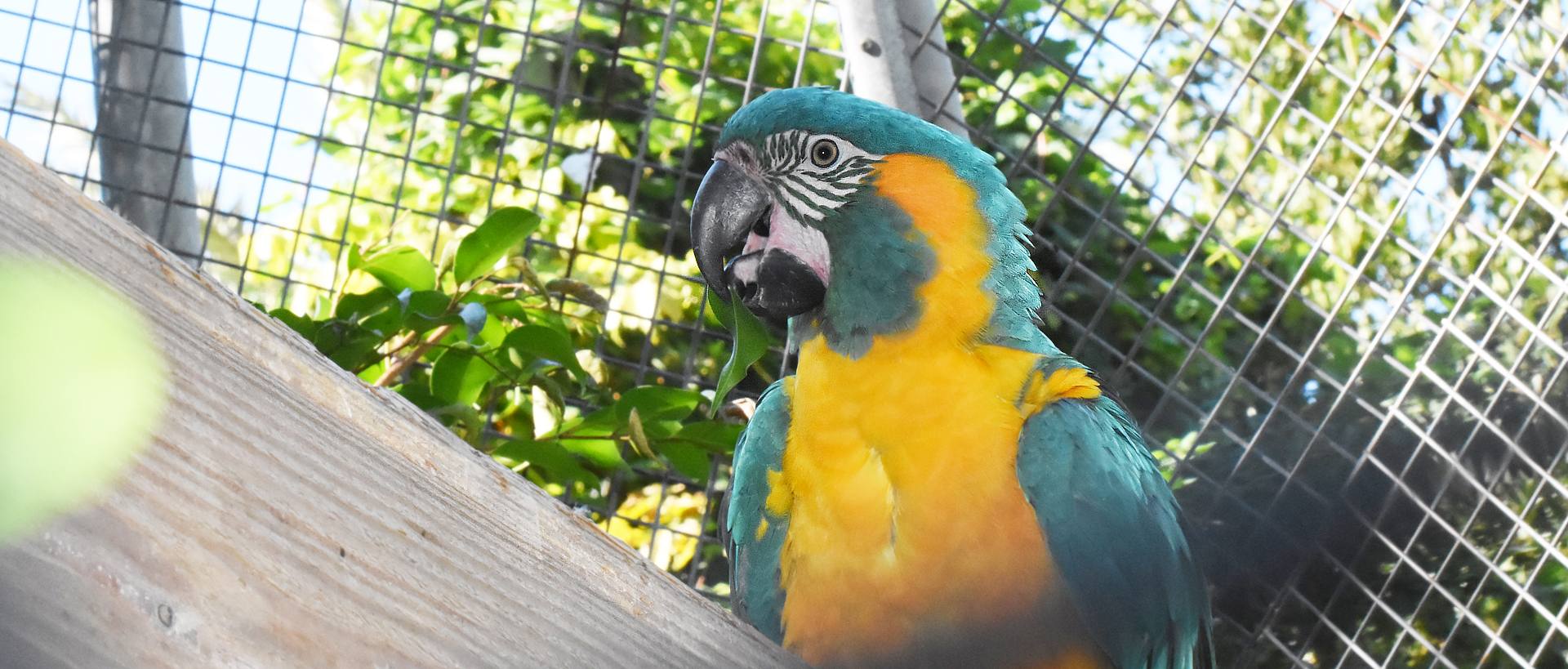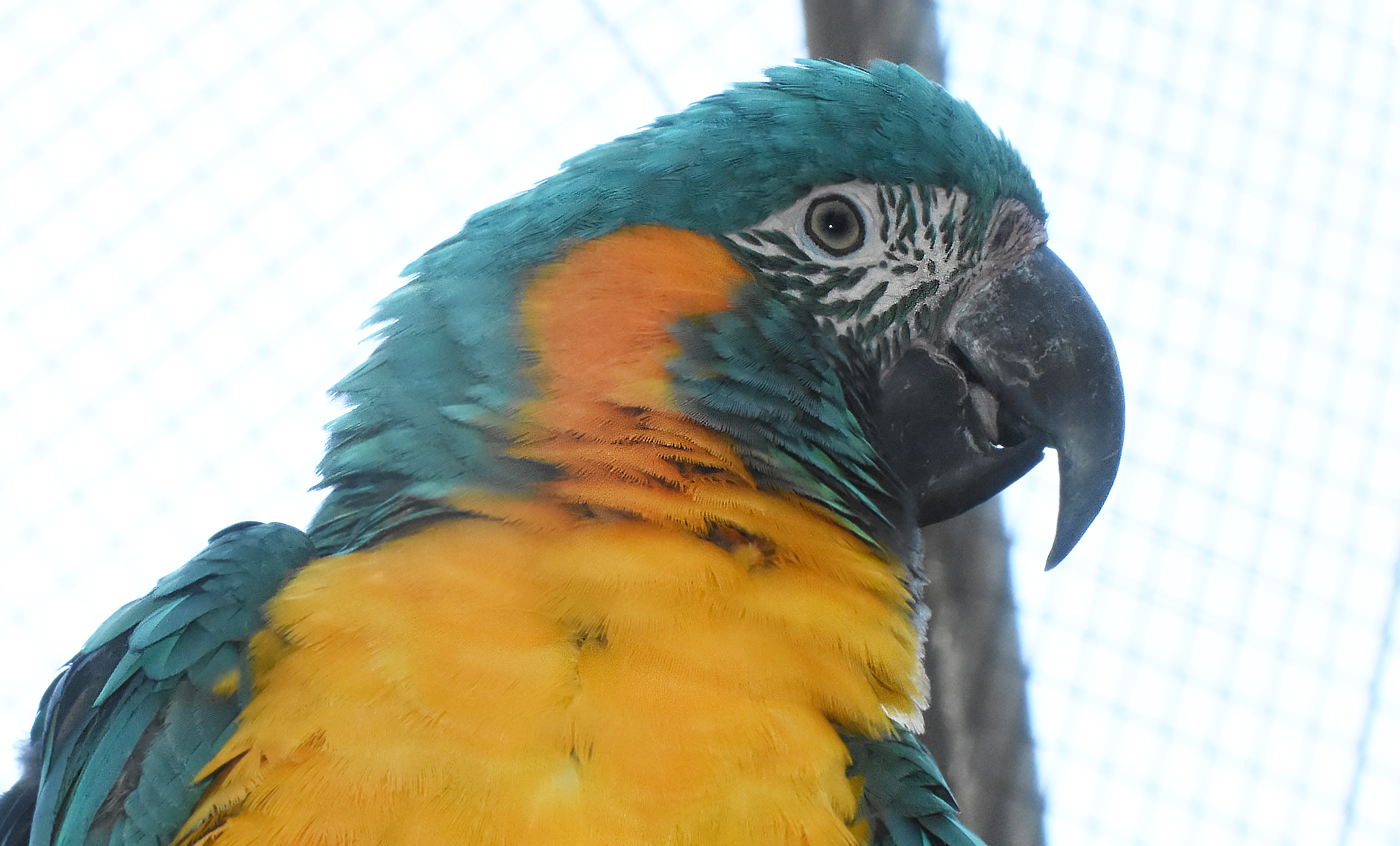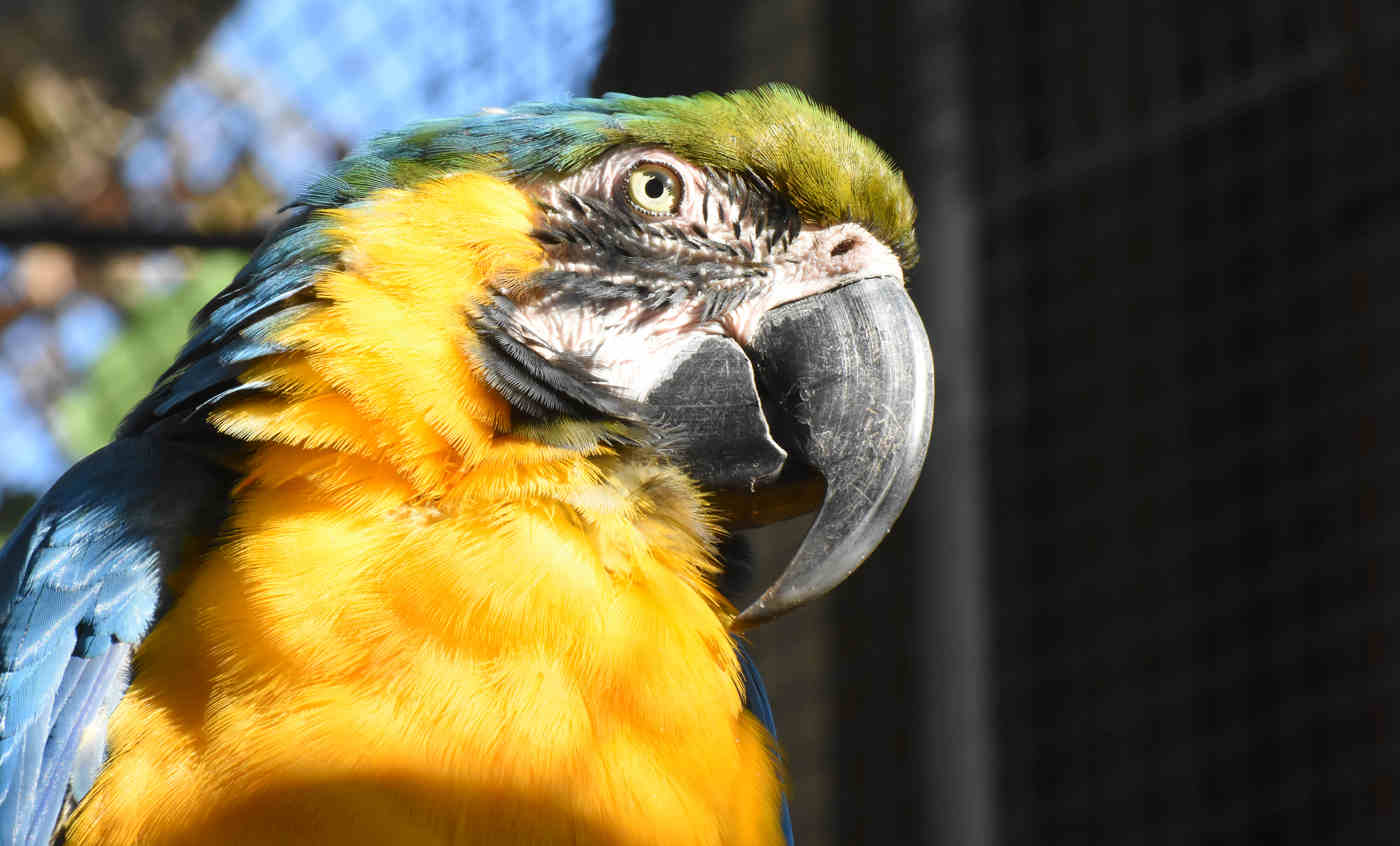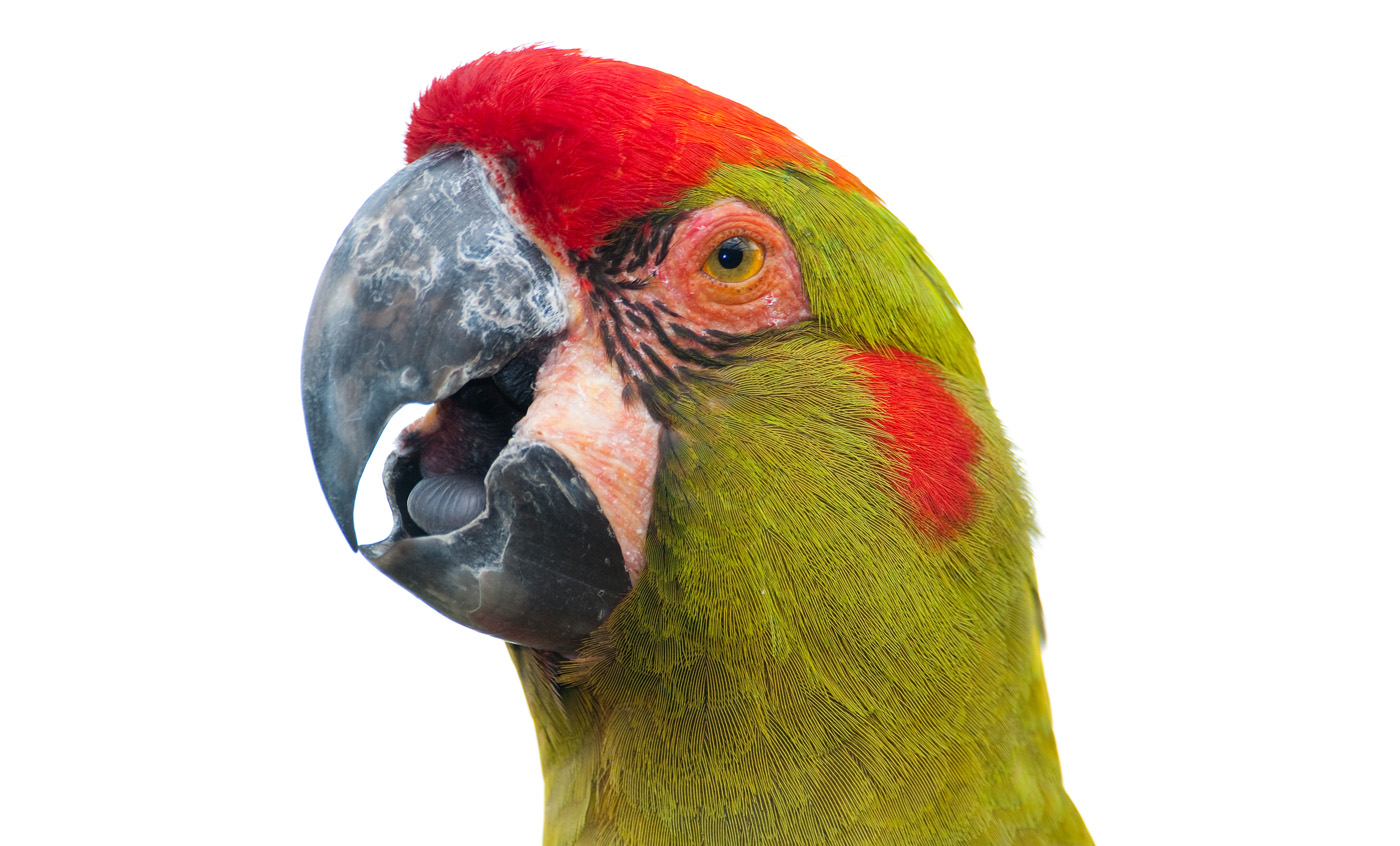Blue-throated macaw
Its appearance is very similar to the blue macaw, with very similar colouring in their plumage, although they can be distinguished by the presence of a blue spot on its throat, which led to its name.
Natural habit
Northern Bolivia
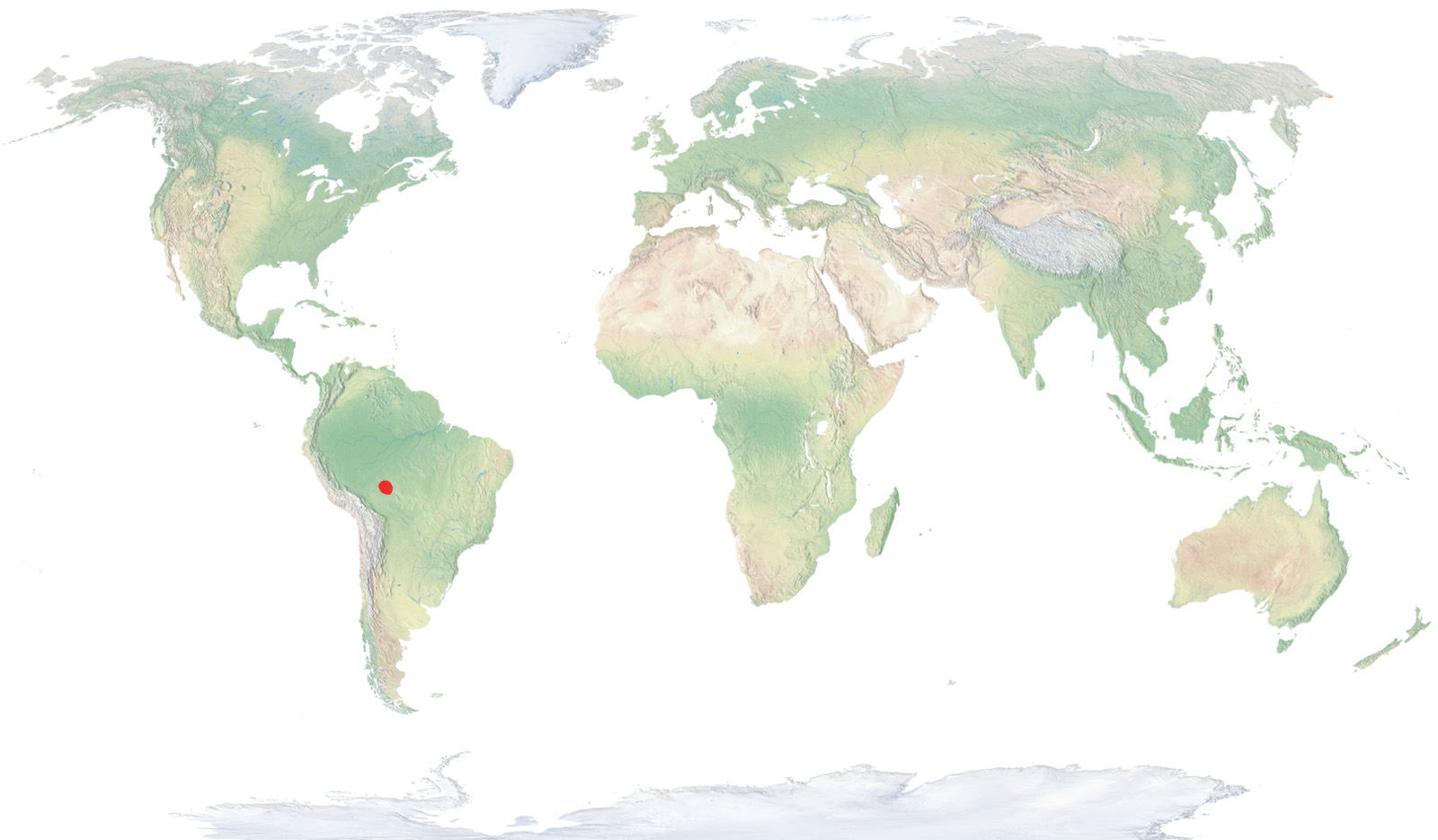
- Distribution / Resident
- Breeding
- Wintering
- Subspecies
Risk level
- Extint
- Extint in the wild
- Critically endangered
- In Danger
- Vulnerable
- Near threatened
- Minor concern
- Insufficient data
- Not evaluated
Taxonomy
Physical characteristics
Biology
Reproduction
Biology
Its appearance is very similar to the blue macaw, with very similar colouring in their plumage, although they can be distinguished by the presence of a blue spot on its throat, which led to its name.
Its area of distribution is extremely restricted, as it only occupies the region of Llanos de Mojos, in north and east Bolivia. It lives in savannahs and floodable forests with tropical climates, generally at altitudes of 200 to 300 metres.
It mainly eats fruits and seeds.
It nests in holes in trees with hard bark and in palms, generally between August and December—end of the dry season—in which it lays from two to five eggs that they incubate for 26 to 28 days.
It has a basically gregarious behaviour like other macaws, although it breeds alone. It is resident and sedentary throughout its area of distribution.
This species, one of the most endangered in the Psittacidae family, is critically endangered due to deforestation and capture for the illegal pet trade. Its future is not hopeful, as the 1000 or 1200 individuals counted at the beginning of the 1980s have today shrunk to some 150, an exceptionally worrisome decline. It is critically endangered today.
The Barcelona Zoo participates in this species’ EEP.
.



